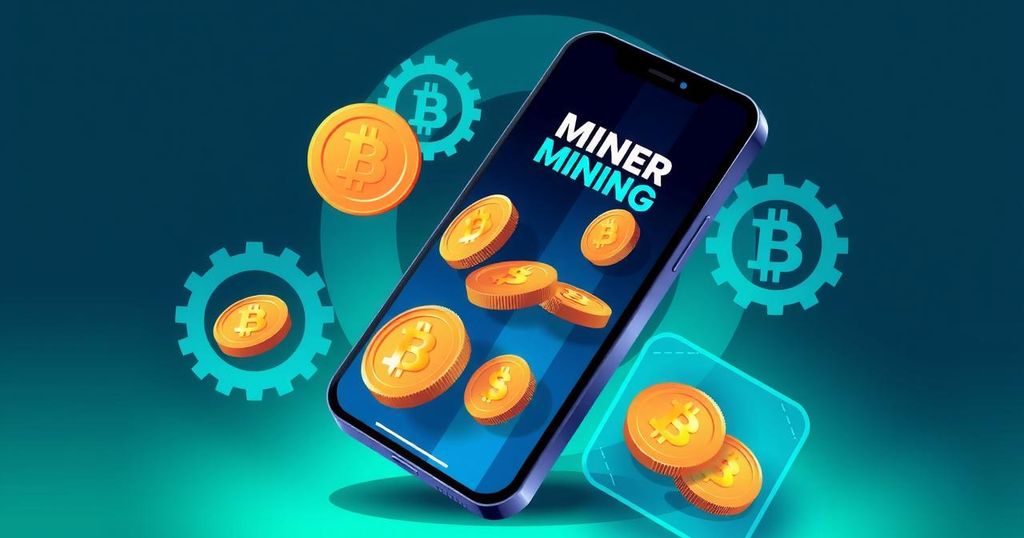Pi Network: Can It Revolutionise Crypto Payroll?
The emergence of Pi Network is sparking discussions about its role in the future of crypto payroll. Here’s a look at what it offers and the challenges it faces.
Overview of Pi Network and Its Growth
Let’s dive into Pi Network and what it really claims to offer. Launched by a group of Stanford graduates in 2019, this platform is about letting users mine Pi coins directly from their smartphones. Pretty intriguing, right? With a reported 65 million users spanning across over 200 countries, it’s clear that this mining community is not just a small fraction of the crypto world; it’s massive and perhaps reflective of a new trend in digital currency.
The Energy-Efficient Mining Process
One key feature of Pi Network is its mining process, designed to be energy-efficient and remarkably user-friendly. It employs the Stellar Consensus Protocol, which means you don’t need to invest in elaborate hardware or consume massive amounts of energy like traditional mining methods. This aspect makes it incredibly appealing, especially to newcomers who might be put off by the usual complexities of cryptocurrency mining.
The Importance of KYC Verification
But what’s the deal with KYC, or Know Your Customer? KYC is extremely important for Pi Network as it legitimizes the process and helps prevent fraudulent activities. Users are given a deadline until early 2025 to complete this verification if they want to transition to the open Mainnet. To do so, you’ll need to upload identification and undergo face recognition, proving you’re indeed who you claim to be. This verification step is mandatory if you want to fully engage with the network.
Current Challenges Facing Pi Network
However, challenges loom large. Currently, only about 14 million users have successfully completed the KYC process, and even fewer have transitioned to the Mainnet. This bottleneck is a roadblock that significantly restricts transaction activity within the network. On top of that, Pi Coin has suffered from considerable price volatility, making it less attractive for companies looking to leverage it for employee salaries. Just recently, it plummeted over 16% in a single month, certainly not ideal for payroll purposes.
Future Innovations with DApps
Looking ahead, Pi Network aims to develop decentralized applications, known as DApps, which could revolutionize payroll systems particularly for decentralized autonomous organizations (DAOs). Slated for release in mid-2025, the Pi App Studio plans to empower users to create DApps without requiring expert coding skills. These DApps could streamline numerous payroll-related functionalities by leveraging the strengths of blockchain technology, such as transparency and automation, potentially automating salary payments in real-time.
Expert Predictions and Future Outlook
So what does the future hold for Pi Coin in light of all this? Some experts remain cautiously optimistic. Crypto analyst Kim H Wong believes the revival of Pi Coin hinges on mass adoption and the successful integration of DApps. His comparison of Pi Coin to Bitcoin and Ethereum in their early days suggests a road filled with potential, but he emphasizes the importance of patience and a long-term perspective for traders. Will Pi Coin make a comeback? Only time will tell, but there’s a sense of hope if the network can mature effectively.
In summary, Pi Network faces significant obstacles, particularly regarding its KYC processes that directly impact its crypto payroll capabilities. With a good number of users and innovative plans on the horizon, it has much to prove. Addressing the KYC completion rates while stabilising liquidity and price could be key for future success. Plus, the potential of DApps to innovate payroll systems is exciting, though their impact will largely depend on how well Pi Network navigates challenges ahead. The future, though uncertain, seems to hold promise if they can adapt and improve.




Post Comment